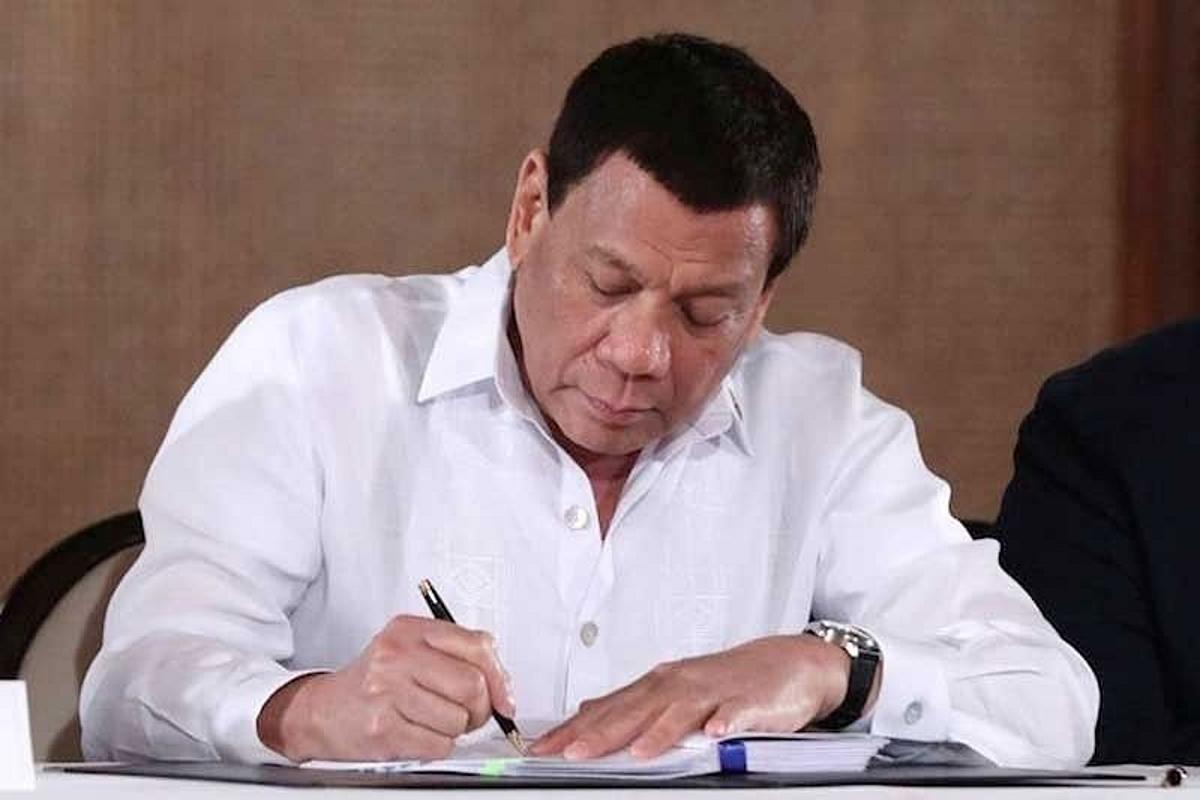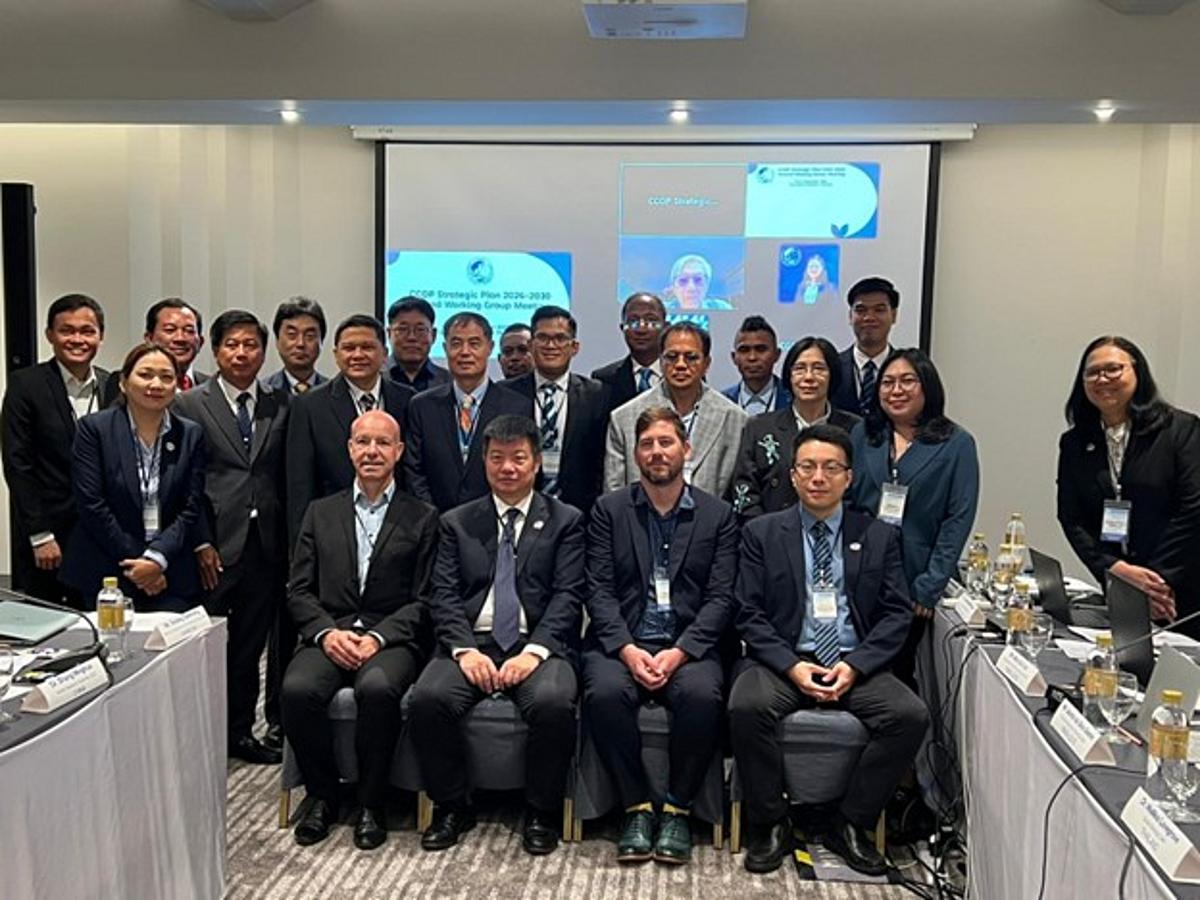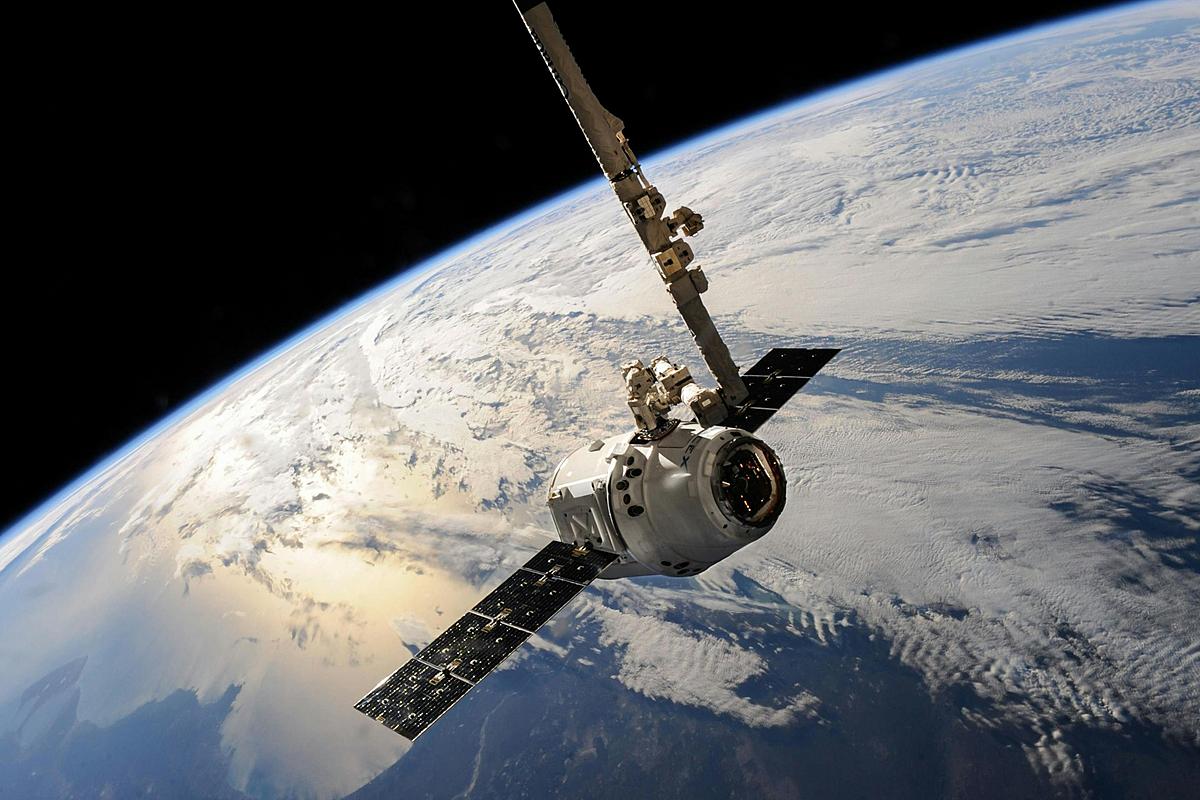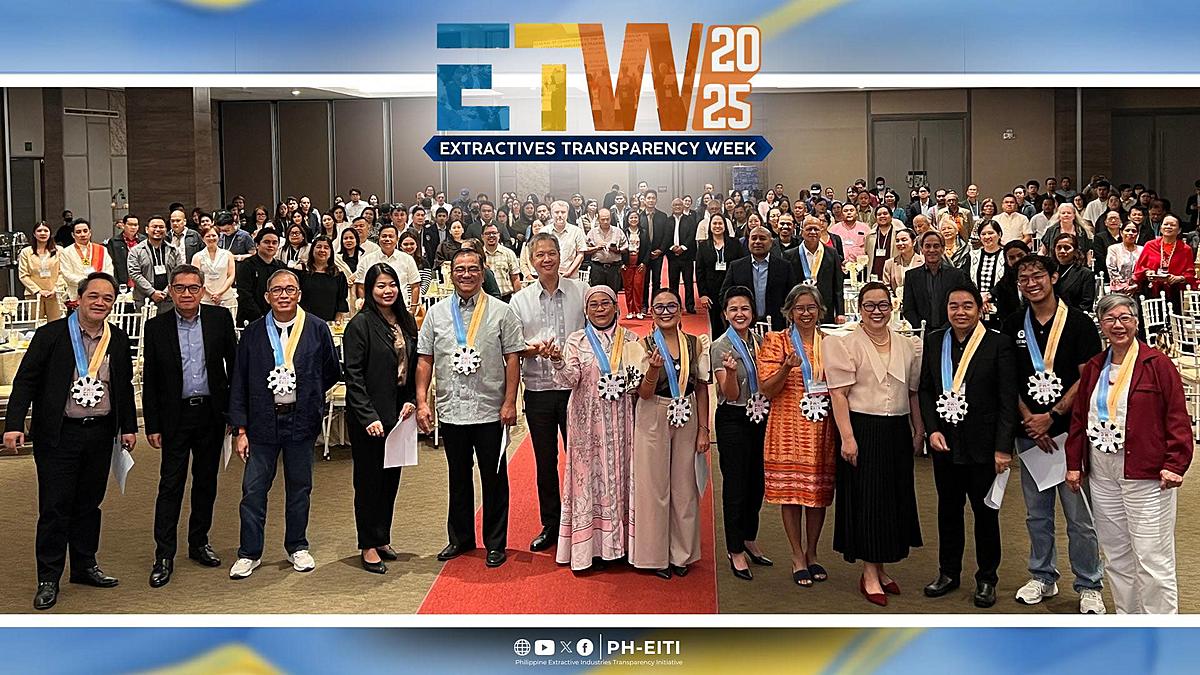Photo Credit: Robinson Ninal Jr/Presidential Photo
President Rodrigo Duterte has signed a law establishing the Philippine Energy Research and Policy Institute to enhance the country’s capability for energy research and policy development.
Republic Act 11572, signed by Duterte on July 30, establishes the institute as an independent agency attached to the University of the Philippines (UP) with a separate budget from the premier university.
Under the new law, an executive director to head the institute shall be a recognized expert in energy research and policy development with at least three years experience in the energy sector and shall have a strong organizational management background.
The executive director, appointed by the UP President upon recommendation of the Executive Board, shall serve in full-time capacity for a term of five years which may be renewed.
The institute’s Executive Board shall be composed of seven members comprised of the UP President as the ex-officio chairperson, and at least one representative from the fields of engineering, law, science, statistics, economics, social science, and public health, either from the academe or the private sector.
Four members shall come from the academe, two members shall come from the private sector, while each representative shall come from different fields.
Other members of the Executive Board shall be chosen by the UP President. Each member shall have a term of three years, which can be renewed for two more terms.
The first two appointees from the academe and the first appointee from the private sector shall have a term of two years, which can be renewed for two more terms.
The Executive Board may invite the secretaries of various government agencies as well as legitimate consumer and advocacy groups as resource persons during its meetings and deliberations.
The institute shall support further education and training for its officers and employees to include advanced degree studies, short-term programs, online courses, and participation in conferences.
Research papers, data, and other resources shall be made available to the public through its website.
However, proprietary or confidential data and other resources cannot be posted or disclosed unless prior consent of the source or owner of such data and resources has been obtained by the requesting party.
A Special Account in the General Fund (SAGP) for energy research, which shall be maintained and managed by the Bureau of Treasury, shall be established to support the research undertaken by the institute.
The SAGF for energy research shall recognize and accept grants, contributions, and donations collected for energy research.
A total of PHP200 million will be appropriated out of the General Appropriations Act (GAA) for the initial operating fund of the institute.
Such amounts necessary for the sustainable operations of the institute shall be appropriated from the GAA based on the annual financial plan approved by the Executive Board and submitted to the Department of Budget and Management.
Government agencies concerned are authorized to include in their respective annual budgets such necessary amounts as their contribution to the funding of certain research activities in the institute.
Within 90 calendar days from the effectivity of the act, the UP, in consultation with the members of the academe, and other public and private stakeholders shall promulgate the necessary implementing rules and regulations of the act subject to the approval of the UP Board of Regents. - By Azer Parrocha
Article Courtesy of the Philippine News Agency










